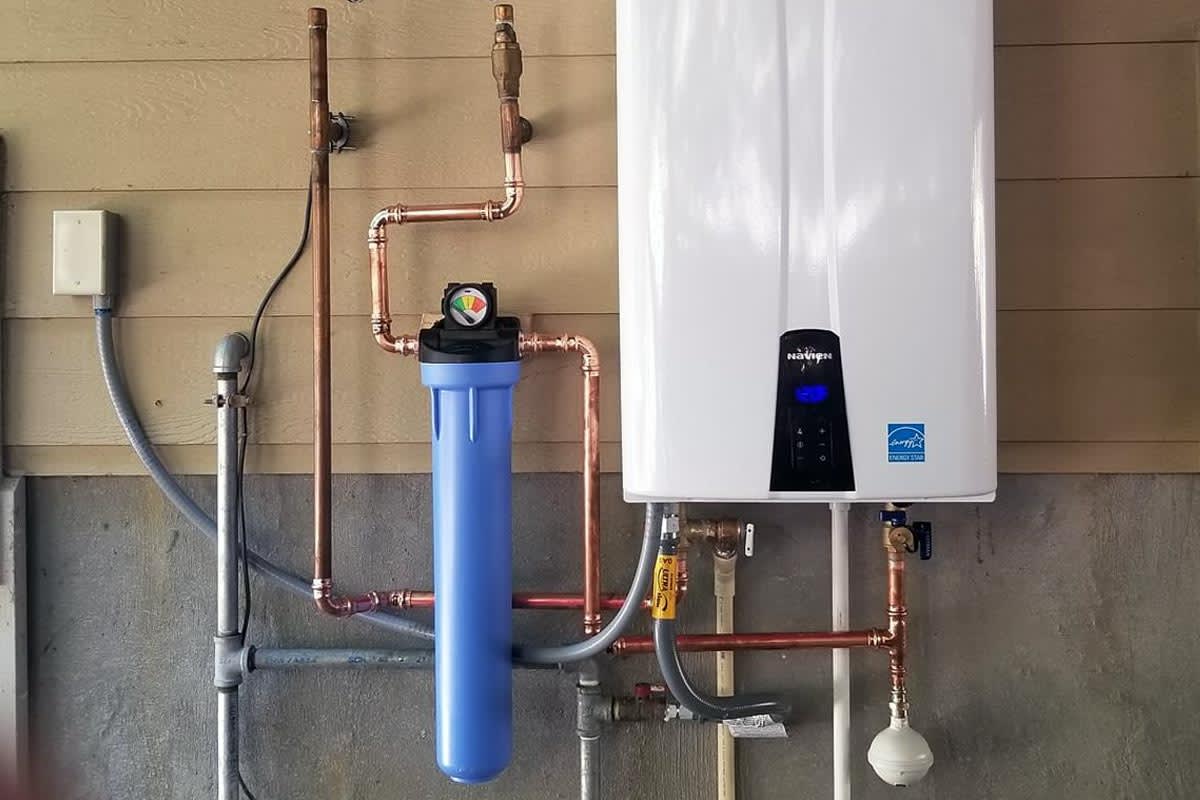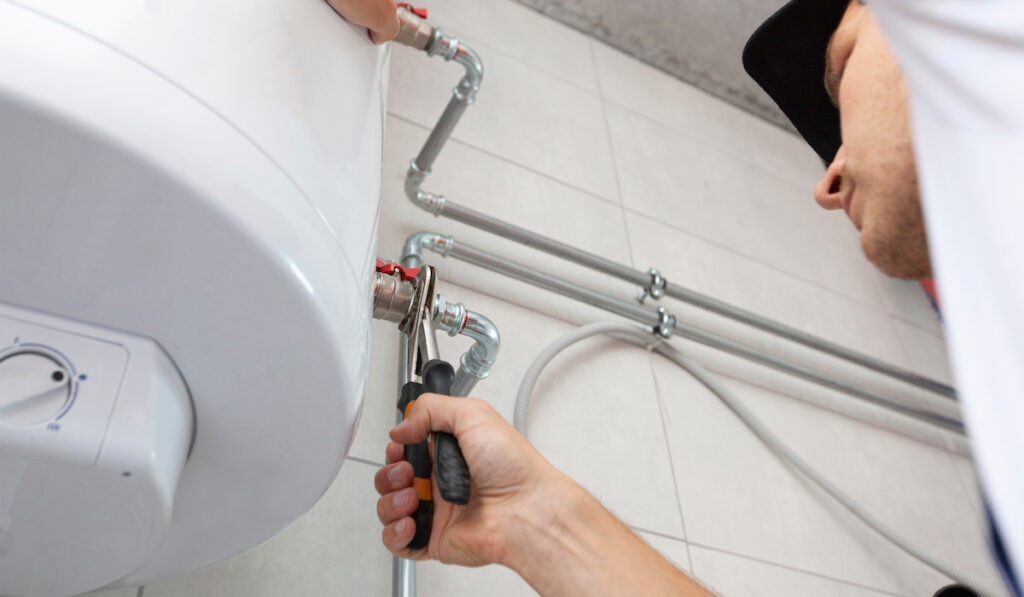Simple Steps to Caring for Your Home's Hot Water SystemSteps on How to Care for Your Home's Hot Water System Effectively
Call TodayWhat're your thoughts with regards to What Kind of Maintenance Do Water Heaters Need??

Warm water is crucial for day-to-day convenience, whether it's for a revitalizing shower or washing meals. To ensure your hot water system runs effectively and lasts much longer, normal upkeep is key. This article gives practical suggestions and understandings on just how to keep your home's hot water system to stay clear of disruptions and costly repair work.
Introduction
Maintaining your home's warm water system could seem challenging, yet with a couple of straightforward actions, you can guarantee it runs efficiently for several years to come. This guide covers whatever from comprehending your warm water system to do it yourself maintenance suggestions and recognizing when to call professional assistance.
Value of Keeping Your Hot Water System
Regular maintenance not just expands the life-span of your hot water system yet also ensures it operates effectively. Ignoring upkeep can cause lowered efficiency, higher energy expenses, and even early failing of the system.
Indicators Your Warm Water System Demands Upkeep
Knowing when your hot water system needs attention can avoid major problems. Watch out for indications such as irregular water temperature level, odd sounds from the heating system, or corroded water.
Recognizing Your Warm Water System
Prior to diving right into upkeep tasks, it's useful to comprehend the fundamental elements of your hot water system. Usually, this includes the water heater itself, pipes, anode rods, and temperature controls.
Monthly Maintenance Tasks
Normal month-to-month checks can aid capture small problems before they intensify.
Flushing the Water Heater
Flushing your hot water heater gets rid of debris accumulation, enhancing effectiveness and prolonging its life.
Monitoring and Replacing Anode Rods
Anode poles stop corrosion inside the container. Checking and changing them when worn is essential.
Examining and Adjusting Temperature Setups
Changing the temperature settings ensures optimum efficiency and safety.
Do It Yourself Tips for Maintenance
You can execute a number of maintenance jobs yourself to maintain your hot water system in leading problem.
Looking for Leaks
Routinely inspect pipelines and connections for leaks, as these can bring about water damages and higher expenses.
Testing Stress Relief Valves
Checking the stress relief valve guarantees it functions appropriately and avoids too much stress accumulation.
Insulating Pipelines
Insulating hot water pipelines minimizes warm loss and can save power.
When to Call a Specialist
While do it yourself maintenance is valuable, some problems require specialist competence.
Facility Problems Calling For Expert Aid
Examples include significant leaks, electric problems, or if your hot water heater is regularly underperforming.
Regular Professional Upkeep Advantages
Expert upkeep can include thorough assessments, tune-ups, and ensuring conformity with safety requirements.
Verdict
Regular upkeep of your home's warm water system is vital for performance, longevity, and expense financial savings. By following these ideas and knowing when to look for specialist help, you can make sure a reliable supply of hot water without unforeseen interruptions.
How to Maintain an Instant Hot Water Heater
Before tinkering with your hot water heater, make sure that it’s not powered on. You also have to turn off the main circuit breaker and shut off the main gas line to prevent accidents. Also turn off the water valves connected to your unit to prevent water from flowing into and out of the appliance. 2. When you’re done, you have to detach the purge valves’ caps. These look like the letter “T” and are situated on either side of the water valves. Doing so will release any pressure that has accumulated inside the valves while at the same time avoid hot water from shooting out and burning your skin. 3. When the purge valves’ caps are removed, you have to connect your hosing lines to the valves. Your unit should have come with three hoses but if it didn’t, you can purchase these things from any hardware or home repair shops. You can also get them from retail stores that sell water heating systems. Read the user’s manual and follow it to complete this task properly. When the hosing lines are connected, open the purge port’s valves. 4. You should never use harsh chemical cleaners or solutions when cleaning your unit. Make use of white vinegar instead. It should be undiluted and you’ll probably use about 2 gallons. 5. Now flush your water heater. This task should probably take about 40 minutes. We can’t give you specific directions for this because the procedure is carried out depending on the type, model and brand of your heater. With that being said, refer to the user’s manual. 6. When you’re done draining the unit, you have to turn off the purge port valves again. Remove the hosing lines that you earlier installed on each of the water valves. Put the valve caps (purge port) back in their respective places and be very careful so as not to damage the rubber discs that are found inside these caps. 7. Now that everything’s back in place, check your user’s manual again to find out how to reactivate your water heating system. 8. Once it is working, turn one of your hot water faucets on just to let air pass through the heater’s water supply pipes. Leave the tap on until water flows smoothly out of it. https://www.orrplumbing.com/blog/2014/september/how-to-maintain-an-instant-hot-water-heater/

I ran across that review on Water Heater Maintenance Tips You Can't Afford to Forget when doing a lookup on the web. Are you aware of another person who is fascinated by the niche? Feel free to promote it. I love your readership.
Get An Estimate